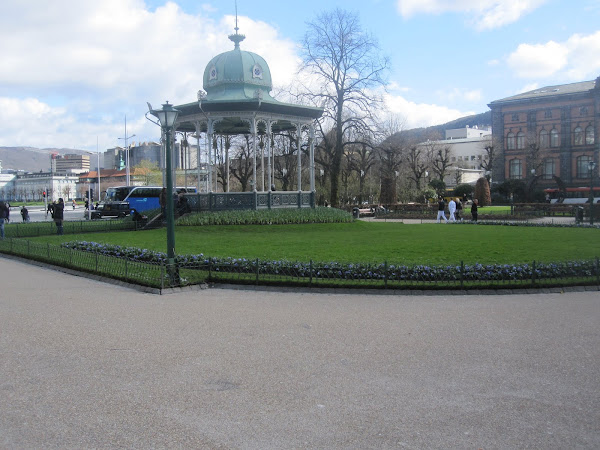
National Flag

THE REPUBLIC OF KENYA
(Source: CIA, World Facts Book)
• Conventional long name: Republic of Kenya /Jamhuri ya Kenya
• Conventional short form: Kenya
• Official Languages: English and Kiswahili (Kenya has 42 ethnic languages)
• Formerly: A British colony
• Capital City: Nairobi
• Second largest City: Mombasa, also a port and a world wide popular tourists’ centre
• Total area of the country: 580,367 sq km
• Total land area: 569,140 sq km
• Total area under water: 11,227 sq km
• Location: E. Africa and astride the Equator
• Population: About 40 million persons
• Population growth rate: 2.7%
• Urban population: 22 per cent of the total population
• Annual rate of urbanization: 4 per cent as per the 2005 to 2010 estimates
• Life expectancy age: 57.9 years
• Lowest point in altitude: Indian Ocean 0 m
• Highest point in altitude: Mount Kenya 5,199 m above sea level
Source: (CIA World Facts Book 2009)
Kenya’s INDEPENDENCE (Jamhuri) DAY and other NATIONAL HOLIDAYS
During the early part of the 20th century, the British and other European farmers settled in Kenya and became wealthy large scale farmers. By the 1930s, approximately 30 000 white settlers were in Kenya especially on the so called “white highland” in the central part of the country. These settlers were offered many political powers by the colonial government due to their effect on the economy. With time, Kenyans lost claims to their land as it was taken up by European Settlers while Kenyans offered free constricted labour. To protect their interests, the settlers banned the growing of coffee by the Africans and introduced a hut tax, and the landless were granted less and less land in exchange for their labour. This gradually led to sharp reactions from the Africans which culminated into the Mau Mau warfare. (Mau Mau means, Mzungu Arundi Uraya, Mwafrika Apate Uhuru, meaning, the Europeans to go back to Europe for the Africans to be liberated).
From October 1952 to December 1959, Kenya was put under a state of emergency arising from the Mau Mau rebellion against the harsh and inhuman British colonial rule. In May 1953, the Home Guards were officially recognized as a branch of the colonial Security Forces by Britain. The Home Guard formed the core of the government's anti-Mau Mau strategy as it was composed of loyalist Africans, not foreign forces like the British Army and King's African Rifles. By the end of the emergency in 1959, the Home Guards had killed 4,686 Mau Mau fighters, amounting to 42% of the total insurgents. The capture of Dedan Kimathi on 21 October 1956, in Nyeri signified the ultimate defeat of the Mau Mau and essentially ended the military offensive. However, the nationalists continued with their unwavering pressure on the British government for independence both at home and abroad. Consequently, the first direct elections for Africans to the Legislative Council took place in 1957 (Wikipedia, 2009).
On 12 December 1963, Jomo Kenyatta formed a government shortly before Kenya became independent on 12 December 1964 when the Republic of Kenya was proclaimed and Kenyatta became Kenya's first President. Jamhuri Day is a national holiday in Kenya, celebrated on 12 December each year. Jamhuri is the Swahili word for "republic" and the holiday is held to officially mark the date of Kenya's establishment as a republic on 12 December, 1964. However, the country also gained full independence from the United Kingdom one year earlier on 12 December, 1963, so Jamhuri Day is a double event and is generally regarded as Kenya's most important holiday, marked by numerous cultural festivities which celebrate the country's cultural heritage. Madaraka Day, which is marked annually on 1st June, commemorates the day that Kenya attained internal self-rule in 1963, preceding full independence from the United Kingdom on 12 December 1963. Jamhuri Day is often associated with Dedan Kimathi, the executed leader of the famous Mau Mau, regarded by many Kenyans as the hero who lifted the nation on his shoulders toward independence but he was executed before he completed his mission.
Kenya also greatly acknowledges the indispensable sacrifice made by the national heroes and heroineses in shedding their own blood to redeem the country from the colonial bondage. A special day is annually dedicated to them on 20th October every year which is locally in Kenya referred to as KENYATTA DAY, named after Kenya’s founding President and liberation struggle icon Jomo Kenyatta who led Kenya to independence in 1963. Kenyans also mark with very little pomp if any, another NATIONAL HOLIDAY referred to as MOI DAY on 10th October annually.
Kenya’s founding President and liberation struggle icon Jomo Kenyatta headed the country from independence in 1963 until his death in 1978, when President Daniel Toroitich arap Moi took power in a constitutional succession. President Moi stepped down in December 2002 following fair and peaceful elections. Mwai Kibaki, running as the candidate of the multiethnic, united opposition group, the National Rainbow Coalition (NARC), assumed the presidency. Following the 2007 elections, the country’s leadership went into a power sharing or coalition government with Raila Odinga as the Prime Minister and Mwai Kibaki as the President. Currently, the country is discussing a new constitution which will be voted through a national referendum for implementation before 2012 elections.
NAIROBI CITY: The green city in the sun
KARIBUNI KENYA (WELCOME: velkommen)

Ingen kommentarer:
Legg inn en kommentar